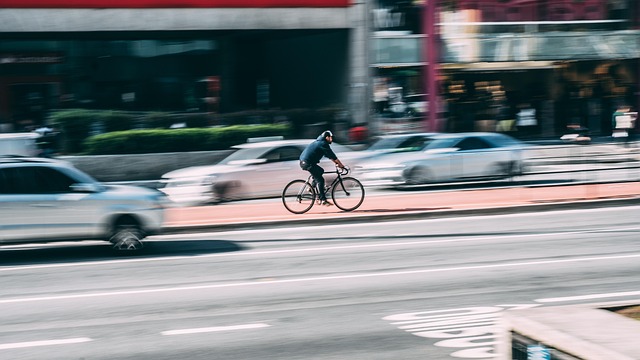Understanding Motion Blur in Photography
Photography is not just about capturing a moment; it’s about telling a story, evoking emotions, and expressing creativity. One of the fascinating ways to achieve these elements is through the use of motion blur. When you think of motion blur, what often comes to mind is the dynamic energy it can convey. The essence of motion, whether it’s a dancer mid-leap, a car speeding down a highway, or waves crashing on a shore, can be beautifully captured, leading to images that are both striking and fluid.
The Role of Light in Motion Blur
Light plays a pivotal role in photography, shaping how we perceive movement within a frame. Understanding the interplay of light and motion can enhance your photographic storytelling. When you slow down your shutter speed, you allow more light to enter the camera, which not only brightens your image but also captures the motion of your subject creating beautiful trails. These trails can turn a simple subject into an artwork filled with life and motion.
Techniques to Achieve Motion Blur
To effectively utilize motion blur, it’s essential to know a few techniques that can manipulate the perception of movement. Here are some tips:
- Slower Shutter Speeds: To capture motion blur, use slower shutter speeds, which allow you to document the movement across the frame. Experiment with speeds ranging from 1/30 to several seconds, depending on the intensity of motion and light in your environment.
- Stabilize Your Camera: Use a tripod or monopod to prevent camera shake while capturing longer exposures. This stability is crucial to keep the background sharp while allowing the subject to exhibit natural motion blur.
- Follow the Action: Panning with your subject can create an exhilarating motion blur effect. By moving your camera in sync with the subject’s movement, you can create a blurred background while keeping the subject relatively sharp.
- Use ND Filters: Neutral density filters reduce the amount of light entering the lens, letting you use slower shutter speeds even in bright conditions. This is particularly useful when photographing outdoors or in daylight.
Choosing the Right Equipment
When it comes to optics, the lens you choose can also significantly impact how you achieve and perceive motion blur. Fast aperture lenses (f/2.8 or faster) enable you to shoot at faster shutter speeds, which can help you freeze action. However, switching to a lens with a longer focal length can exaggerate motion blur by compressing the background and capturing more pronounced trails from moving subjects.
The Emotional Impact of Motion Blur
The beauty of motion blur lies not only in its aesthetic aspects but also in its ability to evoke emotions. A blurred image portrays a sense of speed, urgency, or even tranquility, depending on what is captured. Each photograph becomes a unique narrative, allowing viewers to feel and connect beyond mere visuals. It invites them into a world where time and experience intertwine, making your photography more relatable and impactful.
When you bring these techniques into your repertoire, you will not only broaden your skill set but also deepen your understanding of how lighting and motion interplay in photography. With practice and experimentation, creating engaging images filled with motion blur can become second nature, allowing your artistic vision to flourish.




